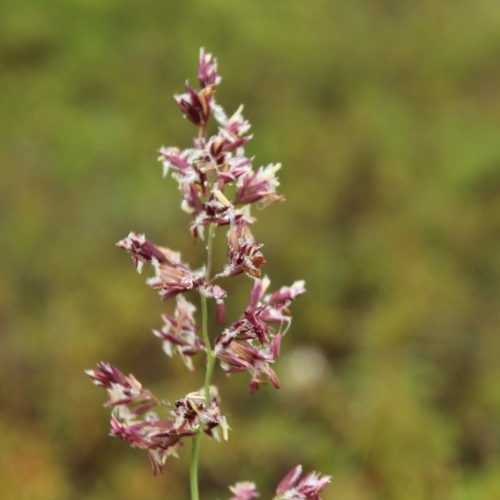
Wideleaf Polargrass
Arctagrostis latifolia
Also Known As - Broad Leaf ArctagrostisWatering:
Minimal
Hardiness Zone:
Sun:
full sun
Growth Rate:
Low
Invasive:
Yes
Care Level:
Medium
watering
This species of plant requires regular watering, but care should be taken to not drown it. Keep soil lightly moist, but not soggy. Water when the soil just begins to dry out, usually every 2-3 days during the summer, and every 4-7 days during the winter. You may need to water more often in particularly hot climates, or less often in very cold areas. Additionally, water at the base of the plant and avoid getting the leaves wet as much as possible.
sunlight
Hemlock Dwarf Mistletoe (Arceuthobium campylopodum subsp. tsugense) is a subalpine evergreen shrub native to western North America. This plant species is known to thrive in full sun, but can also tolerate partial shade. The best amount of sunlight for this plant is direct, filtered sunlight for 6 to 8 hours, but it can tolerate more hours of direct sun. In areas with warmer climates such as California, it may need protection from the direct sun during the hottest afternoon hours. A shady spot during mid-day or early afternoon can help it to thrive and retain moisture in its soil. Additionally, it is important to note that this plant species may require more light during the winter months when the days are shorter, as it may not receive enough light from indirect sunlight during those months.
pruning
Hemlock Dwarf Mistletoe (Arceuthobium campylopodum subsp. tsugense) should be pruned as soon as possible when signs of infestation occur. Pruning should occur before the shoots and foliage are heavily infected with the parasite to prevent further spread and damage. Pruning should include cutting the infected branches as far back as possible, taking care not to leave any remaining spots of infection. It is recommended to not prune during the winter months as the plants may not have enough energy to regrow for the upcoming season. Pruning should occur in the early spring before the plant produces new foliage or in late fall before the plant goes dormant.
